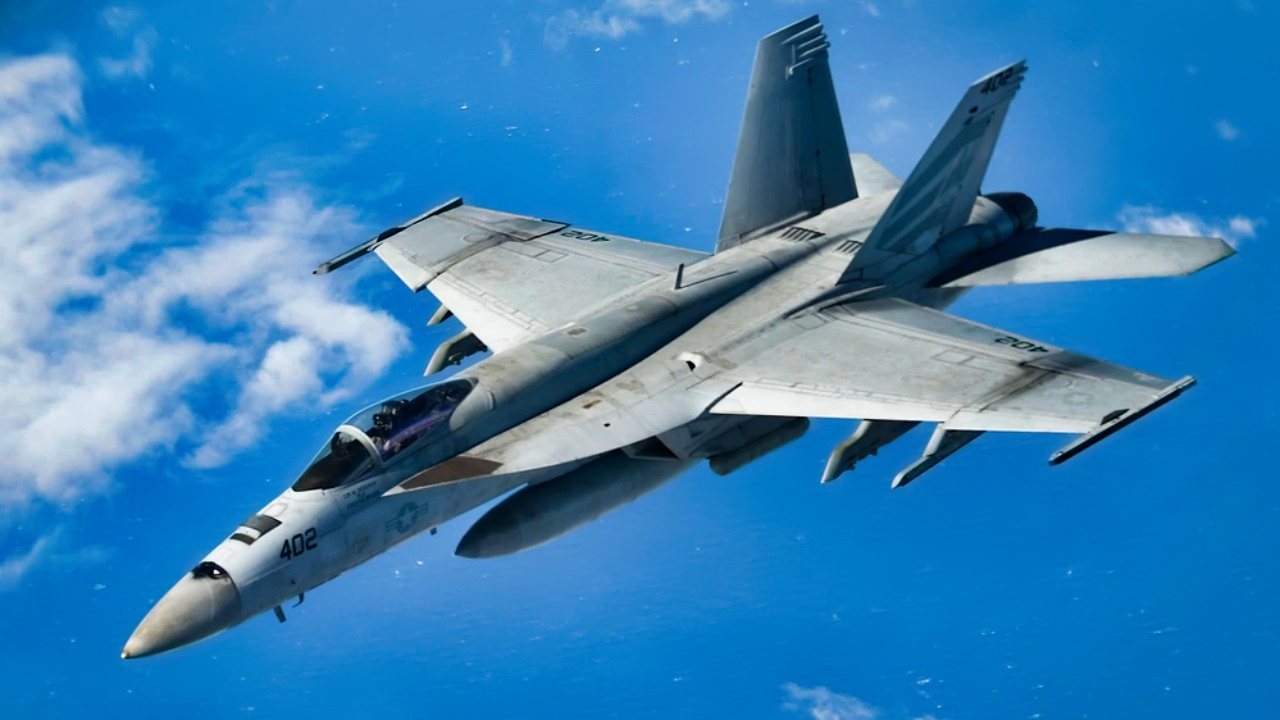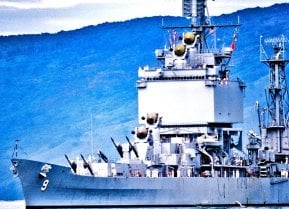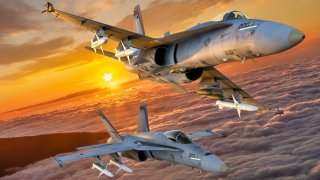U.S. Navy Seals $1.3 Billion Deal for Block III Super Hornets, Ensuring Air Power Into 2040s
The U.S. Navy has solidified its aerial combat capabilities into the 2040s with a $1.3 billion purchase of seventeen Block III F/A-18 Super Hornets from Boeing, expected for delivery between winter 2026 and spring 2027.
Summary: The U.S. Navy has solidified its aerial combat capabilities into the 2040s with a $1.3 billion purchase of seventeen Block III F/A-18 Super Hornets from Boeing, expected for delivery between winter 2026 and spring 2027. This acquisition, vital for addressing the strike fighter shortfall, includes a crucial technical data package essential for the aircraft's sustainment. The deal concludes a protracted negotiation over the Super Hornet's cost, extending Boeing's production line in St. Louis, Missouri, into 2027—contrary to earlier forecasts of its closure.
U.S. Navy Seals $1.3 Billion Deal for Block III Super Hornets, Ensuring Air Power Into 2040s
The United States Navy has closed a deal with aerospace giant Boeing to purchase seventeen Block III F/A-18 Super Hornets. Delivery of the aircraft is expected to begin in winter 2026 and reach completion in the spring of 2027, according to Naval Air System Command.
The contract is valued at $1.3 billion and will include a technical data package that is described as vital to sustaining the platform.
“The technical data package was a crucial part of this negotiation; It is necessary for naval aviation’s operational readiness and postproduction sustainment,” said Rear Admiral John Lemmon, program executive officer for tactical aircraft programs. “The Super Hornet remains a predominant aircraft in the carrier air wing and will continue to provide significant combat capability into the 2040s.”
The U.S. Navy received appropriated funds from Congress to purchase the block of F/A-18 Super Hornets—the larger and more advanced version of the original F/A-18 Hornet carrier-capable, multirole fighter—to help mitigate the strike fighter shortfall. The award is an Undefinitized Contract Action with the intent to definitize within the next few months.
“I am very proud of our team; their mission-focused mindset, data-driven approach and persistence resulted in an agreement that will greatly benefit the sustainment of the Super Hornet and Growler aircraft well into the future,” added Capt. Michael Burks, program manager for the F/A-18 and EA-18G Program Office. “It is our job to ensure our warfighters have all the necessary resources to defend our nation and return home safely.”
Naval Standoff
The newly concluded deal ends the aerospace firm’s lengthy dispute with the Pentagon over the price of the Super Hornets. According to a report from Flight Global, the latest order will also allow Boeing to extend its F/A-18 production into 2027. The company had previously forecasted that it would shutter the St. Louis, Missouri, assembly line next year.
Boeing had failed to attract any foreign military sales, while U.S. Navy officials sought to avoid additional U.S. orders in 2023. However, despite objectives from the service, Congress inserted the funding for an additional 20 new Block III Super Hornets into the Fiscal Year 2022 (FY22) and Fiscal Year 2023 (FY23) defense budgets. After more than a year of negotiations, Boeing and the U.S. Navy have now reached an agreement.
One sticking point was the ownership of technical data related to the Super Hornet sustainment, which the sea service had sought to gain access to. The seventeen-aircraft order seems to have resolved the impasse, as noted by Rear Admiral Lemmon’s comments.
“Years of hard work by a lot of people went into getting this deal done,” the company told Flight Global. “Our team created and finalized a contract that is right for Boeing and right for the war fighter.
The additional years of production could further provide Boeing with additional opportunities to secure overseas customers for the Super Hornet, extending the life of the twin-engine multirole fighter even further. Additional work on the program will occur in California, Maine, Canada, Pennsylvania, Ohio, and various locations within and outside the continental United States through April 2027.
First Deployment Completed
The timing is also notable as the Block III version of the Super Hornet completed its first carrier deployment last month on the nuclear-powered Nimitz-class aircraft carrier USS Carl Vinson (CVN-70) as it returned from the western Pacific Ocean.

The flagship of Carrier Strike Group 1 (CSG-1) returned to its homeport at Naval Air Station North Island in San Diego, California, on February 23, after completing a four-month deployment to the Western Pacific region and marking the end of the first operational cruise for the service’s new F/A-18E/F Block III Super Hornets.
Author Experience and Expertise: Peter Suciu
Peter Suciu is a Michigan-based writer. He has contributed to more than four dozen magazines, newspapers, and websites with over 3,200 published pieces over a twenty-year career in journalism. He regularly writes about military hardware, firearms history, cybersecurity, politics, and international affairs. Peter is also a Contributing Writer for Forbes and Clearance Jobs. You can follow him on Twitter: @PeterSuciu. You can email the author: [email protected].
Main Image Credit: Shutterstock.


